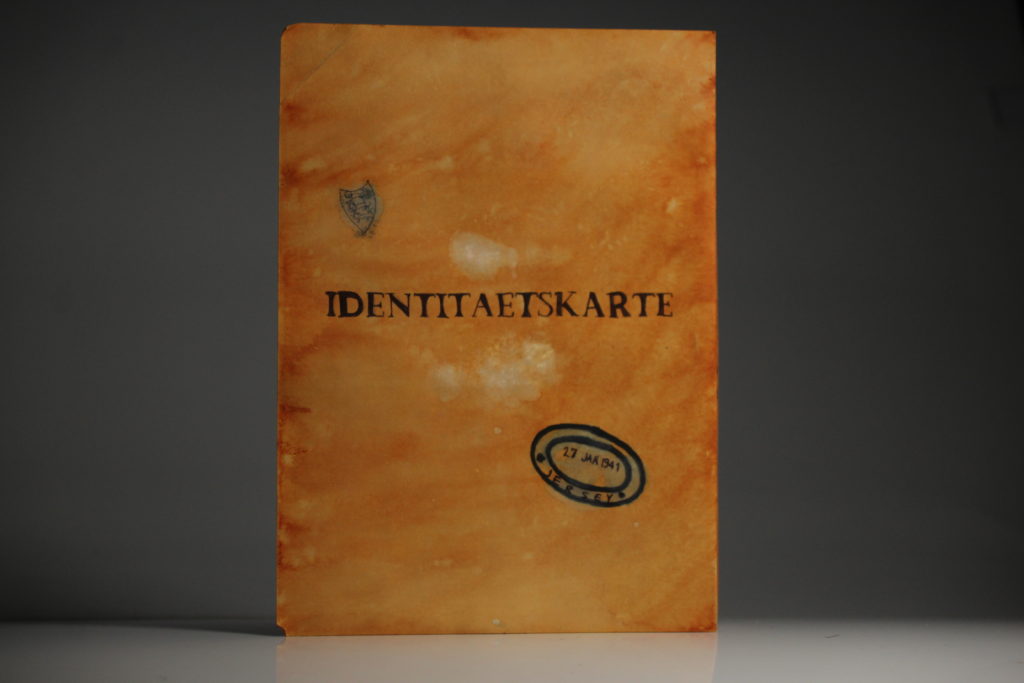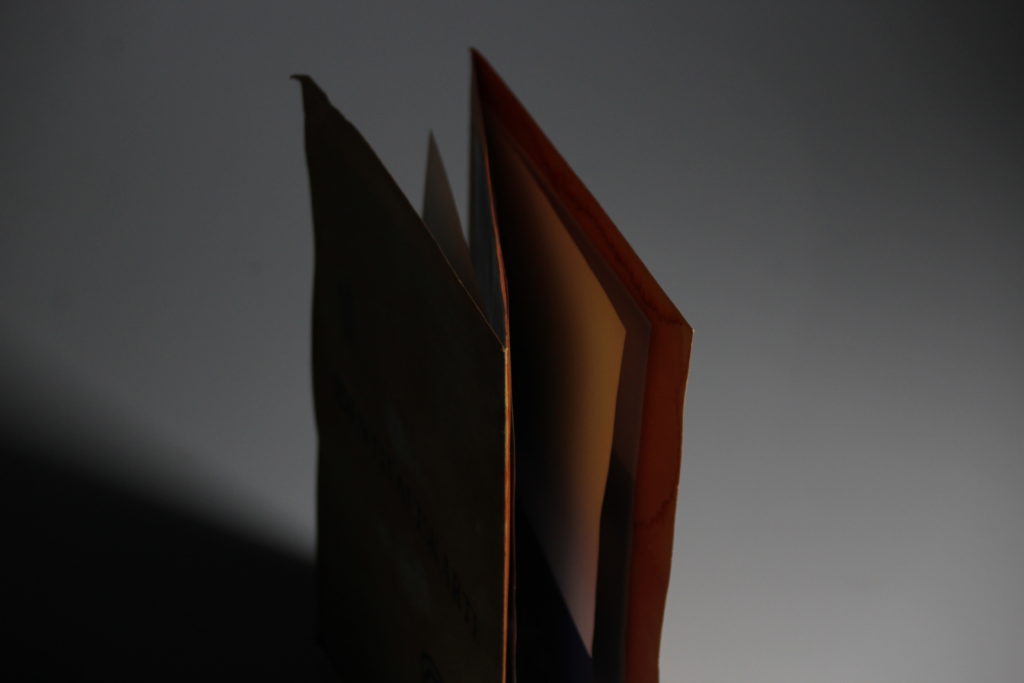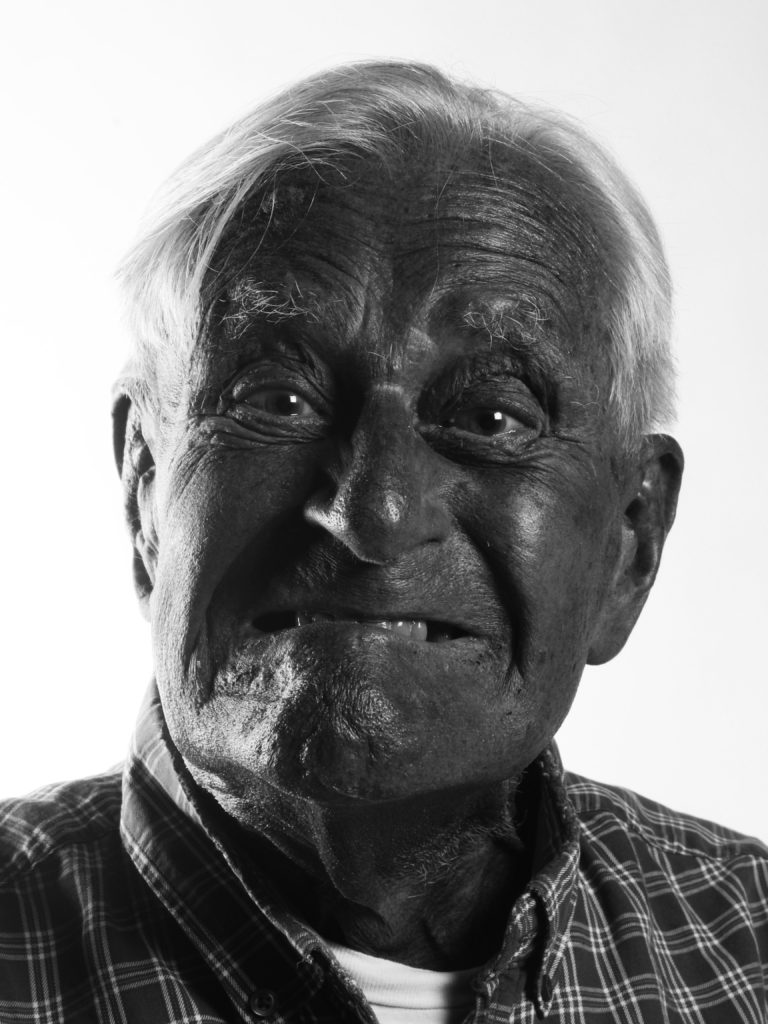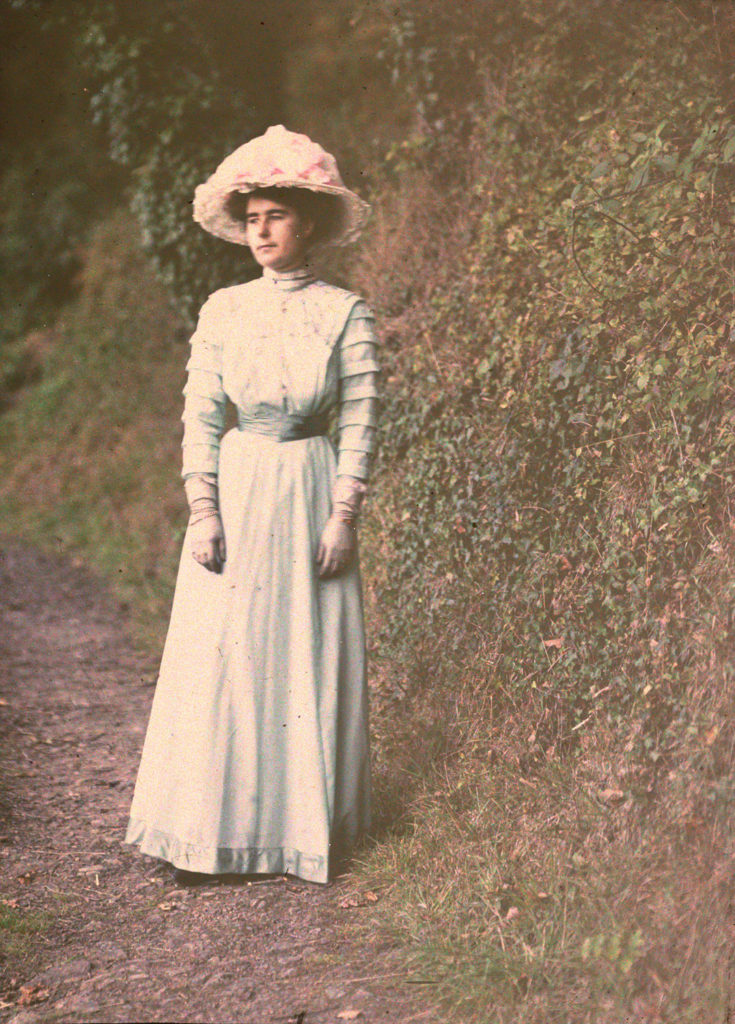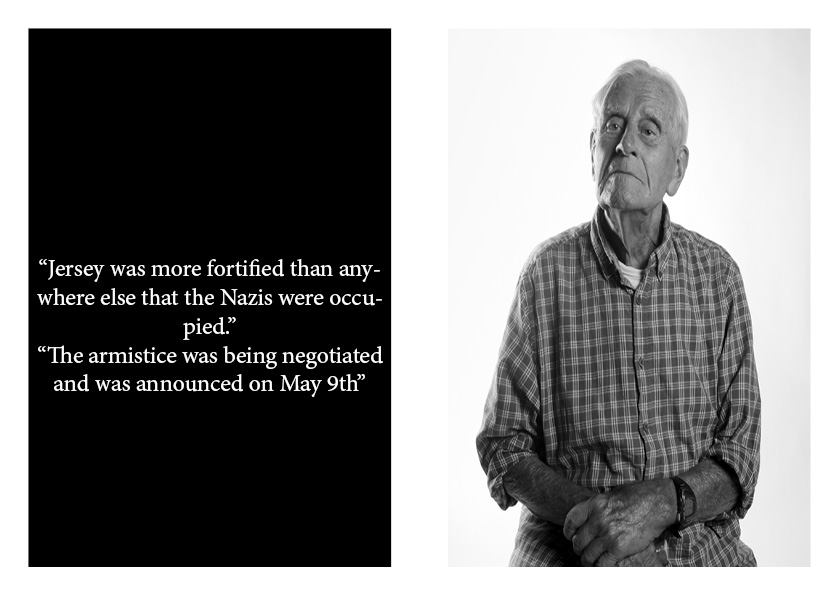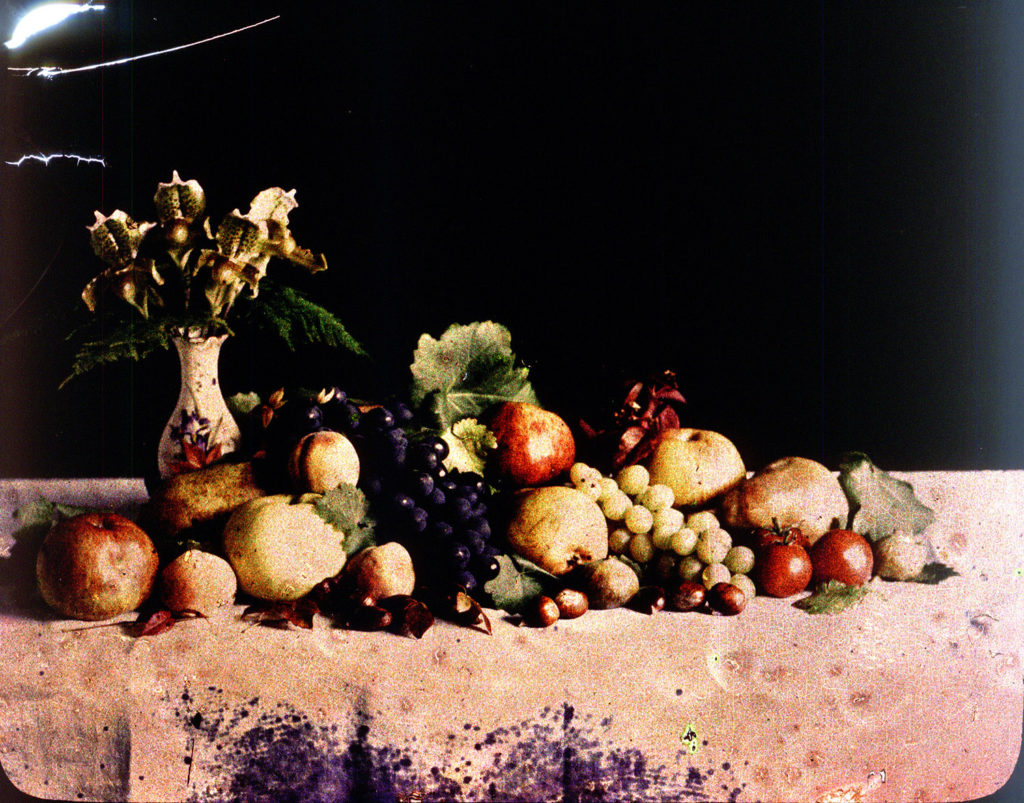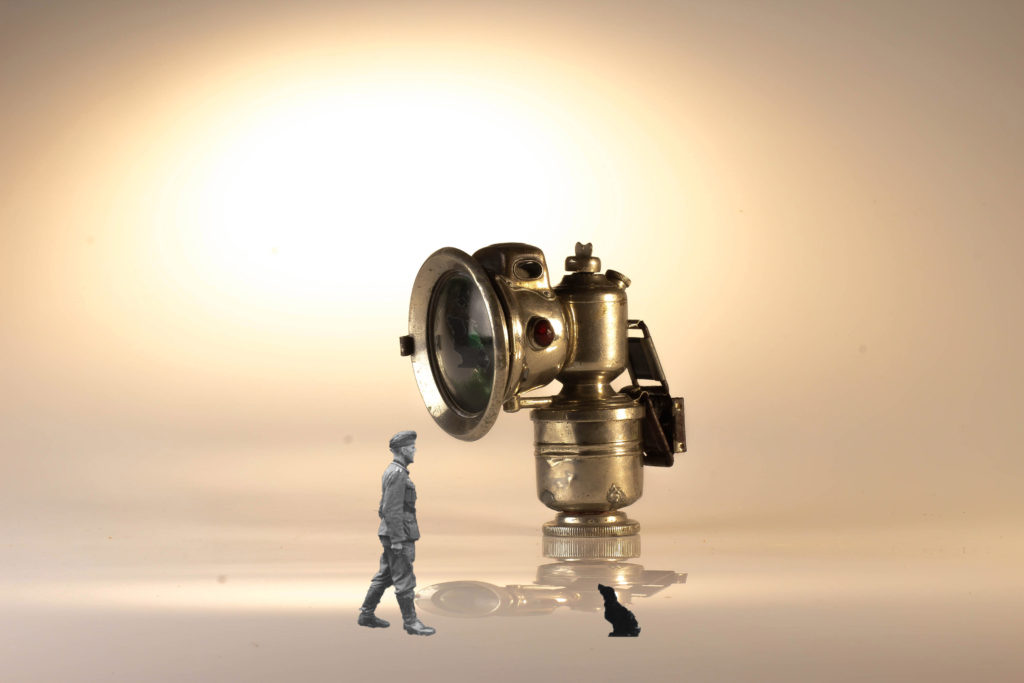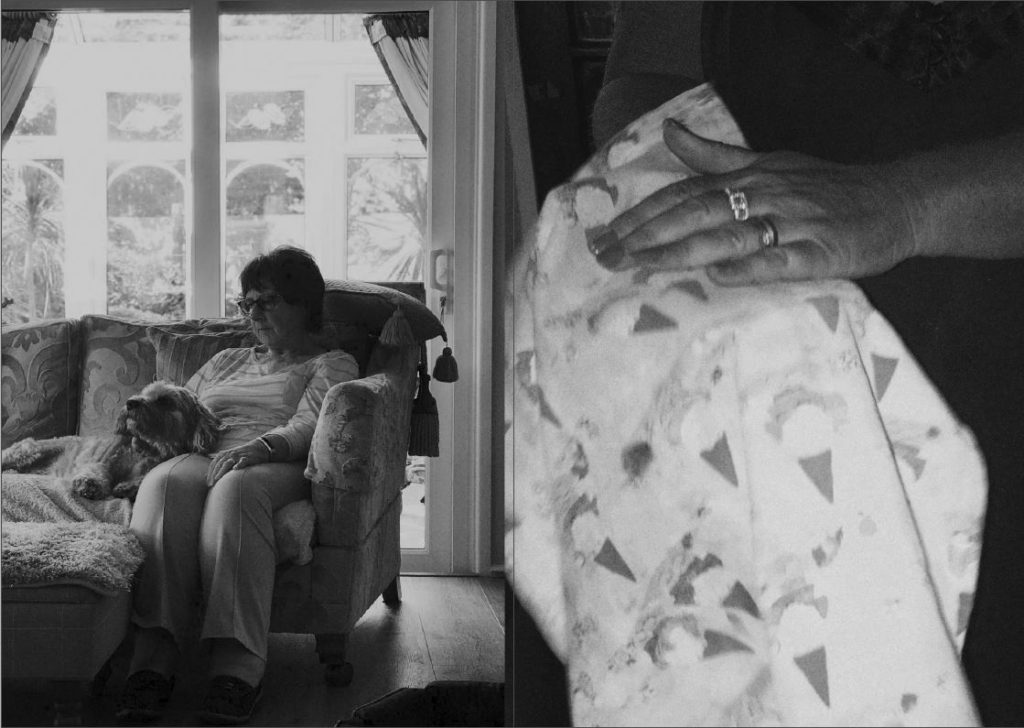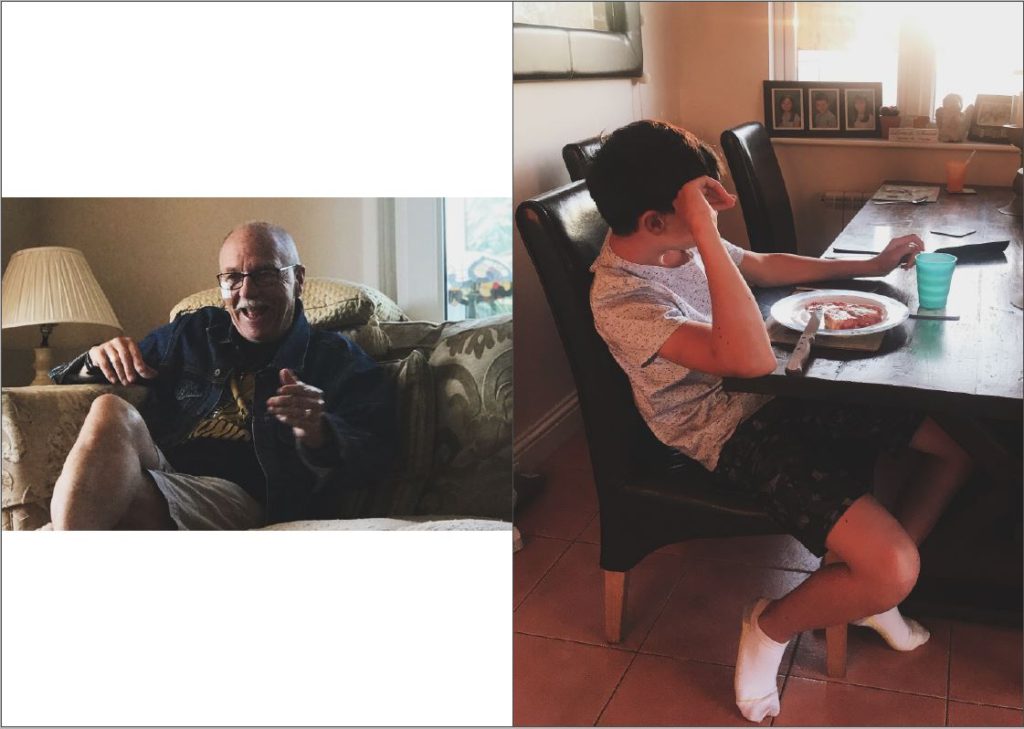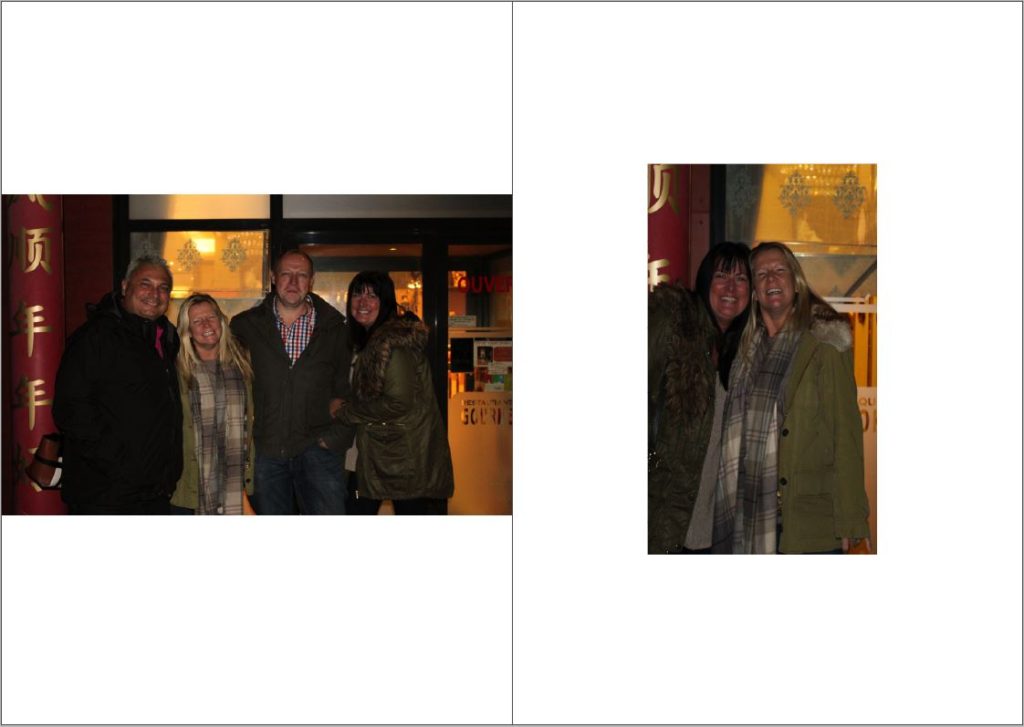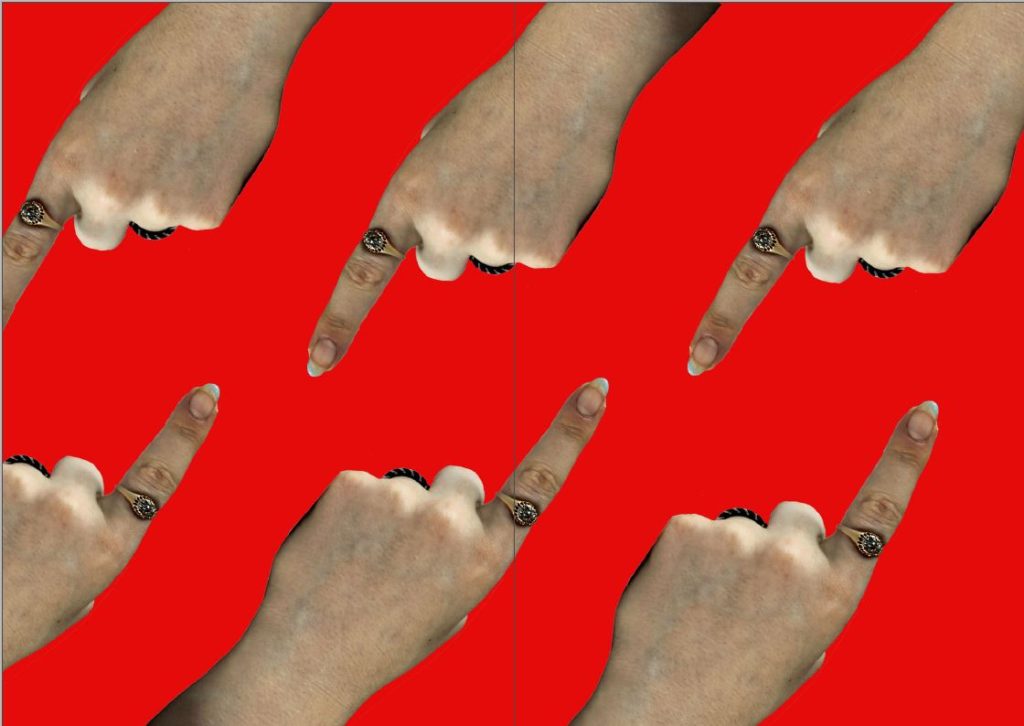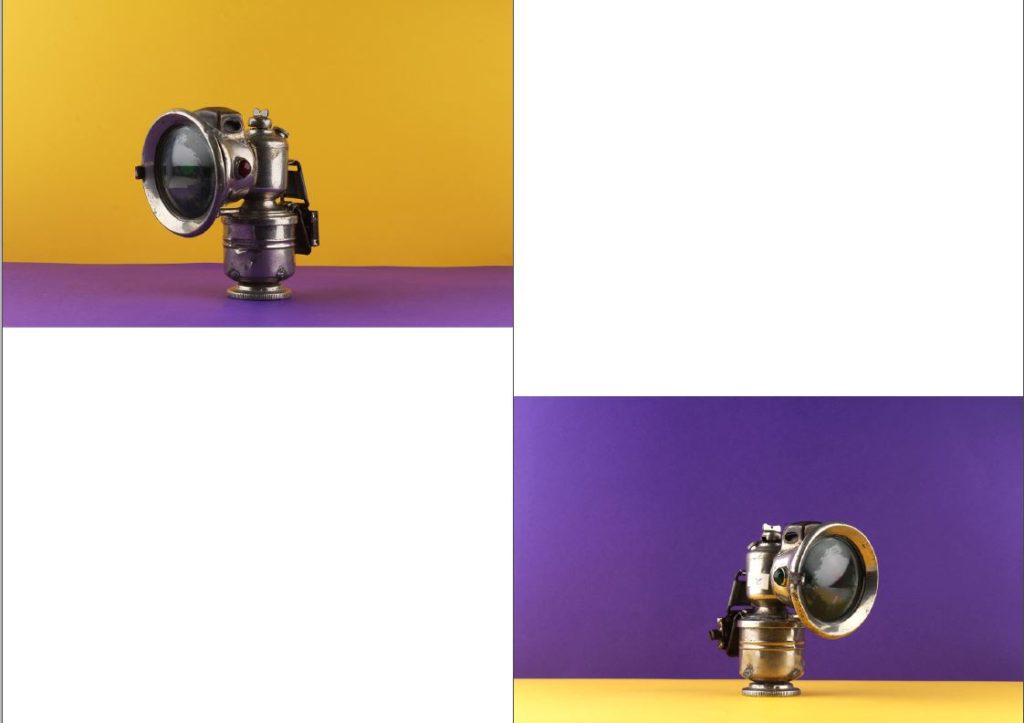Personal Investigation (Occupation vs Liberation)
Occupation of Jersey
From studying the theme ‘Occupation VS Liberation’, it has allowed me to explore many different themes within the second world war (WWII). My first way into my project was starting with archival imagery which I collected information and images from the ‘Societe Jeriase’ trip me and my class mates took. This trip included searching through archival images from world war two, such as images of fields, homes, german soliders as well as occupation ID cards. Looking into these aspects allowed for me to gain a standard historical understanding into the subject and also changed my insight to how important archives are. To represent my understanding on the subject, I produced an essay where I explained the importance of archives while including artist references. I was then set the case of looking into bunkers in Jersey which allowed me to gain experience in landscape photography. Overall I made two different bunker shoots which lead me to gain experience in landscape photography and allowed me to show Jerseys history through photographic evidence. This also led me to exploring aspects in the Jersey War Tunnels which helped to me to gain understanding of war. This photo shoot linked with our title of looking into ‘Occupation Objects’ and by photographing objects in the dark tunnel and exploring with different lighting sources allowed me to develop my overall project.
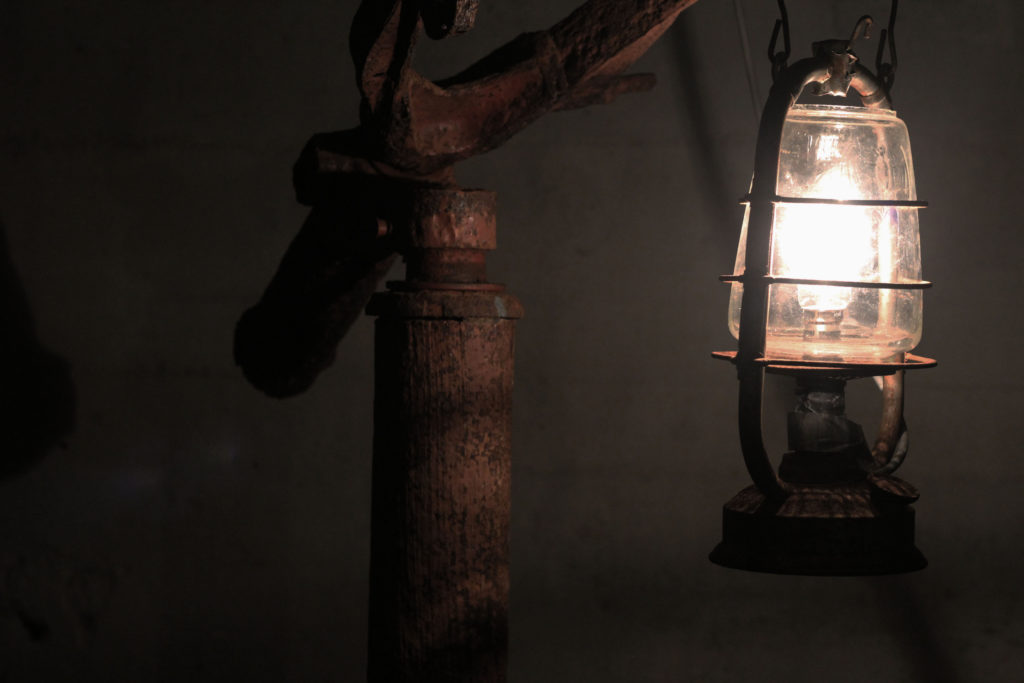
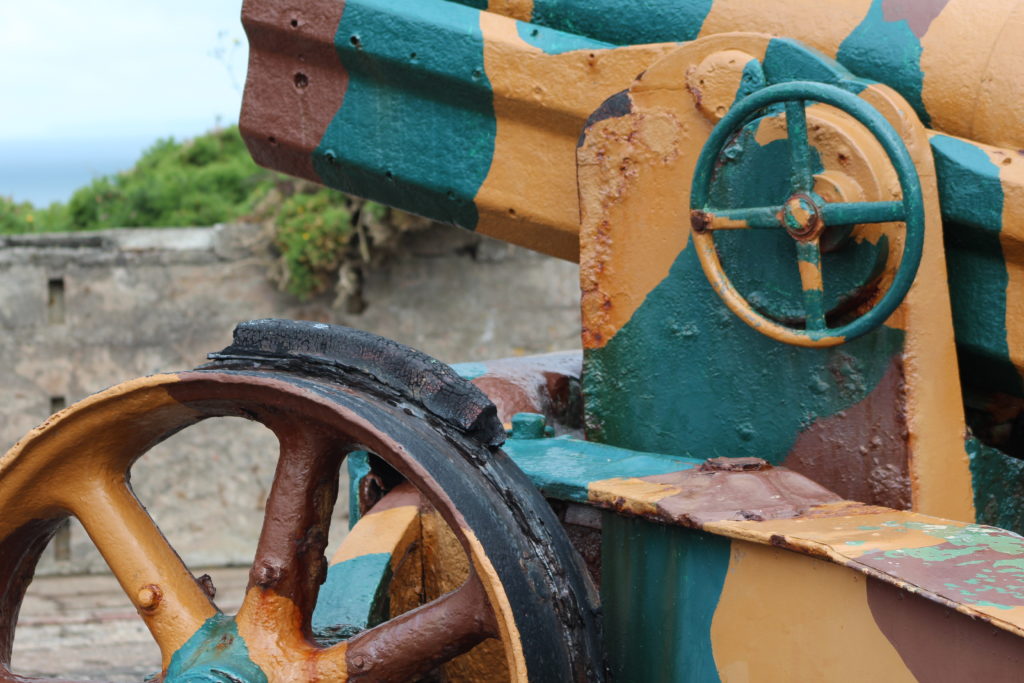
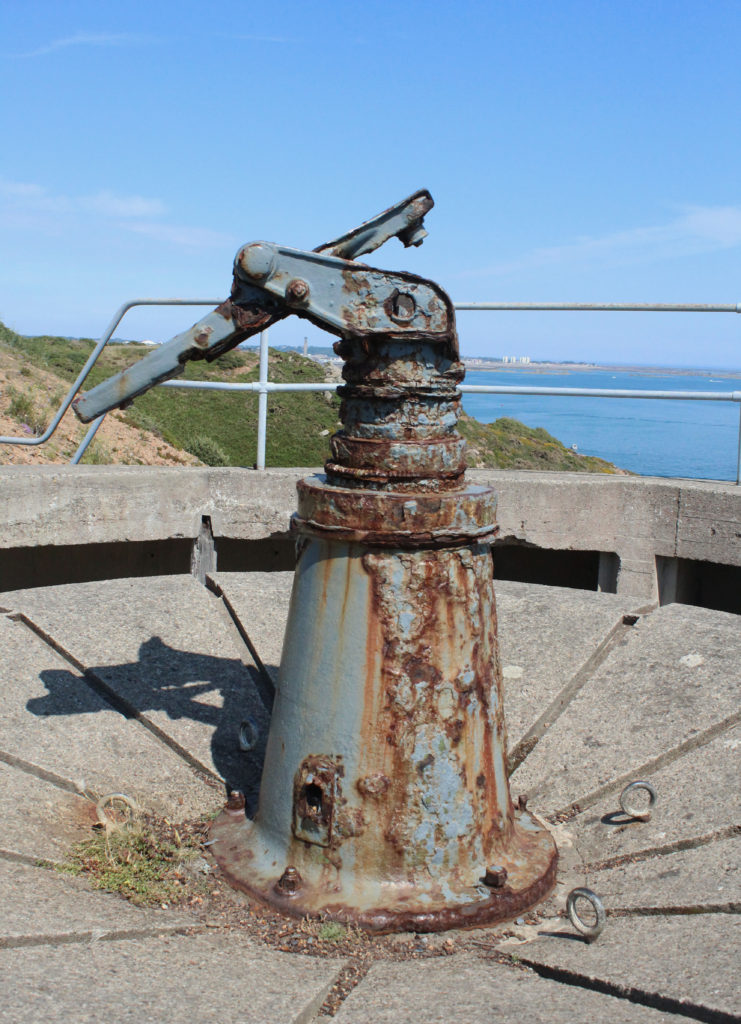

After these investigations and photo shoots, I then went into making a zine (photo book) where I explored different aspects such a sequencing and narratives. This was my first time at using Adobe InDesign and allowed me make a photo book, digitally. This photo book included my own images from shoots such as the batterie Moltke, batterie lothringen, jersey war tunnels etc. These all helped me to gain experience in zine making, as well as to help convey a narrative through imagery.
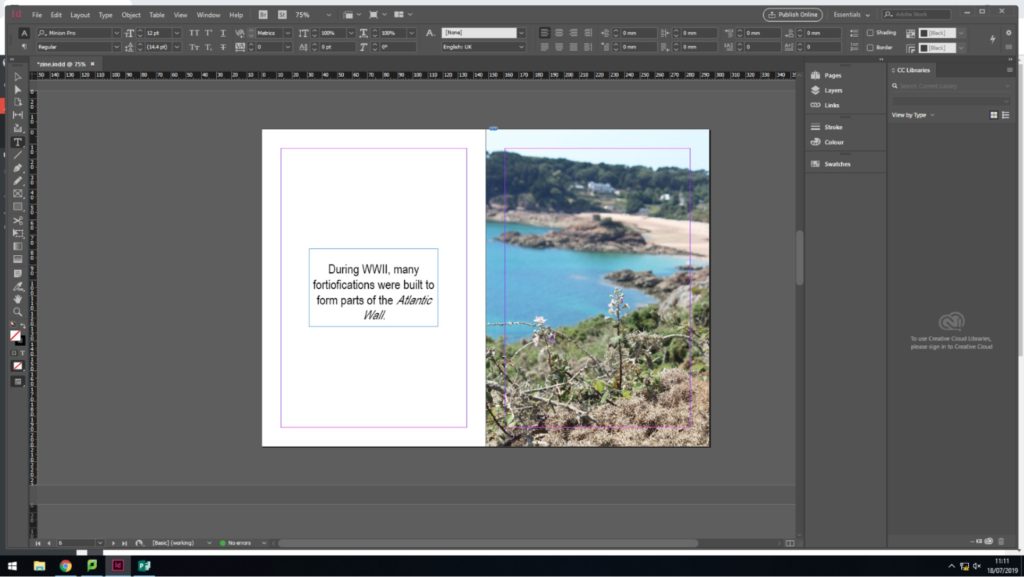
After making my first zine, I then decided to spend most of my focus on portraiture within my ‘Home Sweet Home’ tasks. I began my looking into portraiture photographers such as Francis Foot which helped me to explore different types of portraiture photography as well as give me an understanding of successful ones. This led me onto looking into the photographer Richard Billingham who focused on ‘Candid Photography’. Looking into and trying different styles helped for me to gain experience and in this particular style influenced the way I took my images. This led me to exploring more portrait styles such as detail photography, enviromantal photography, establishing shot, as well as looking into interior and exterior photography. We were also lucky enough to take portrait images of occupation survivor Joan Tetley who also shared her experiences with us.
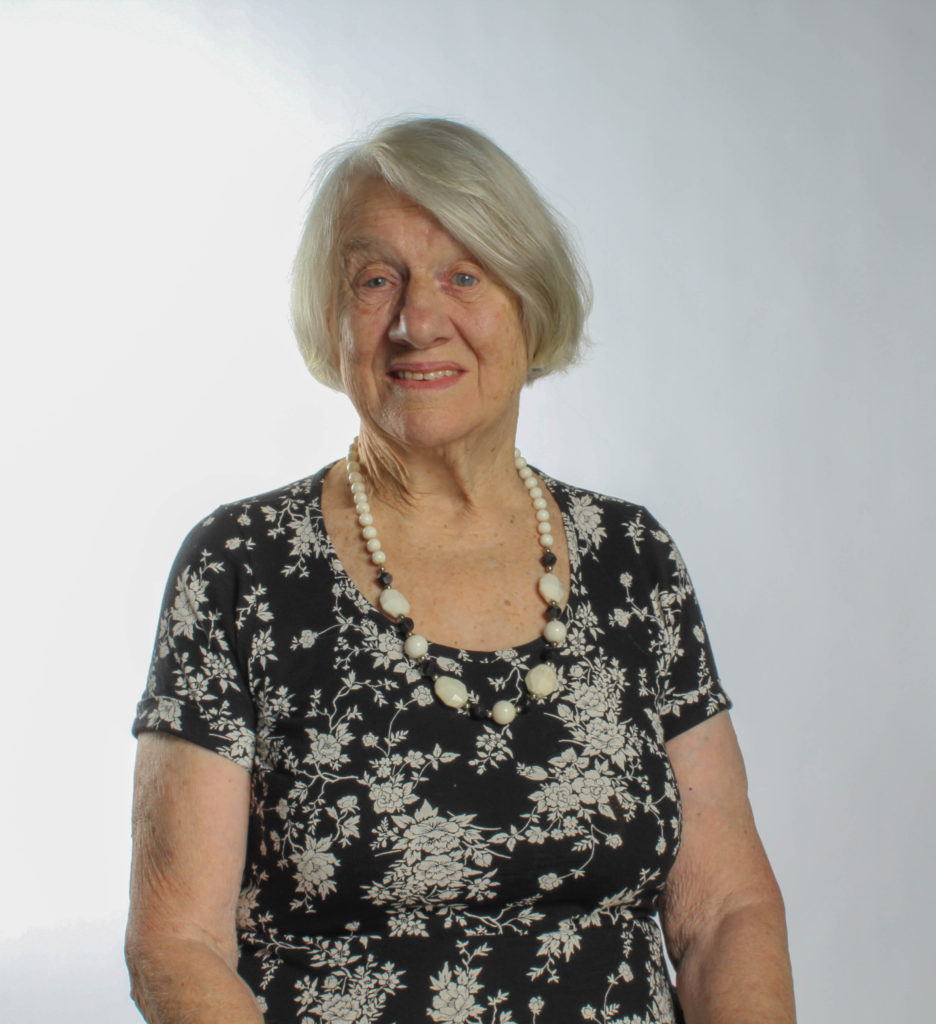
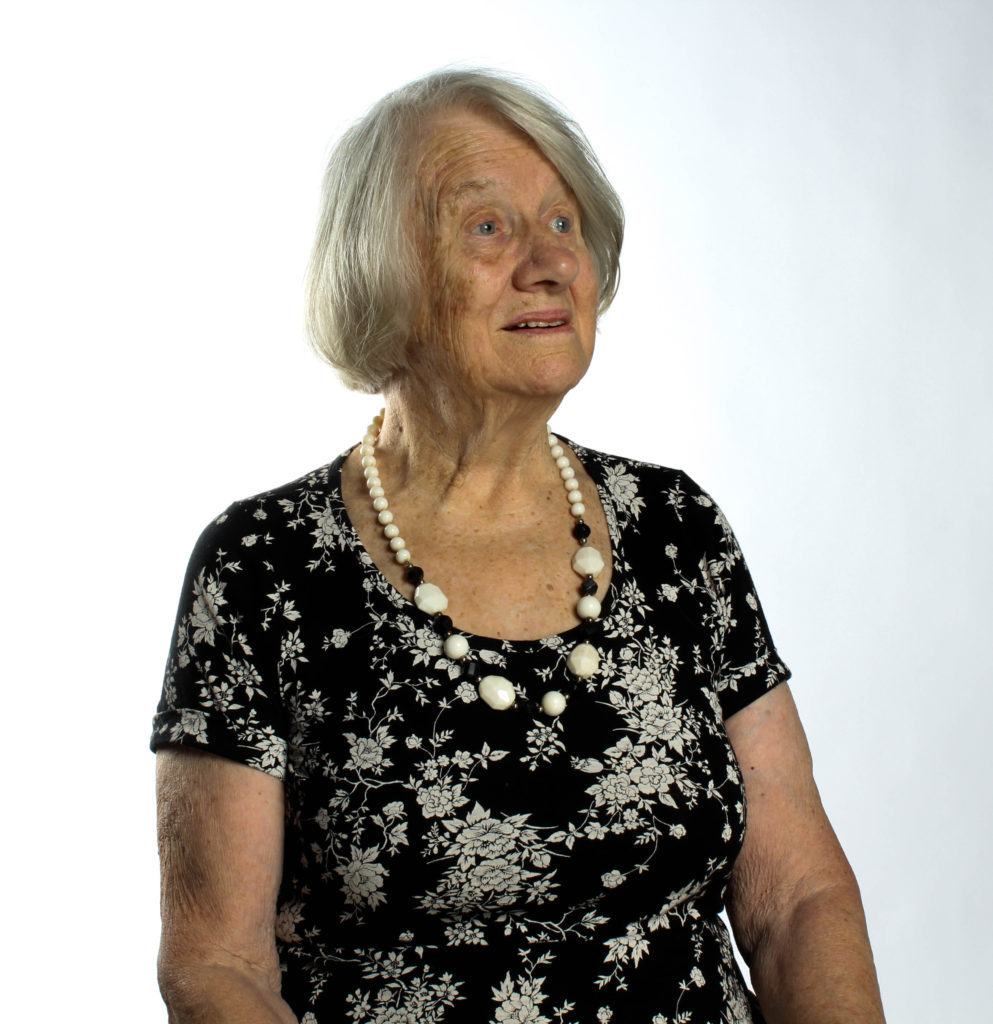
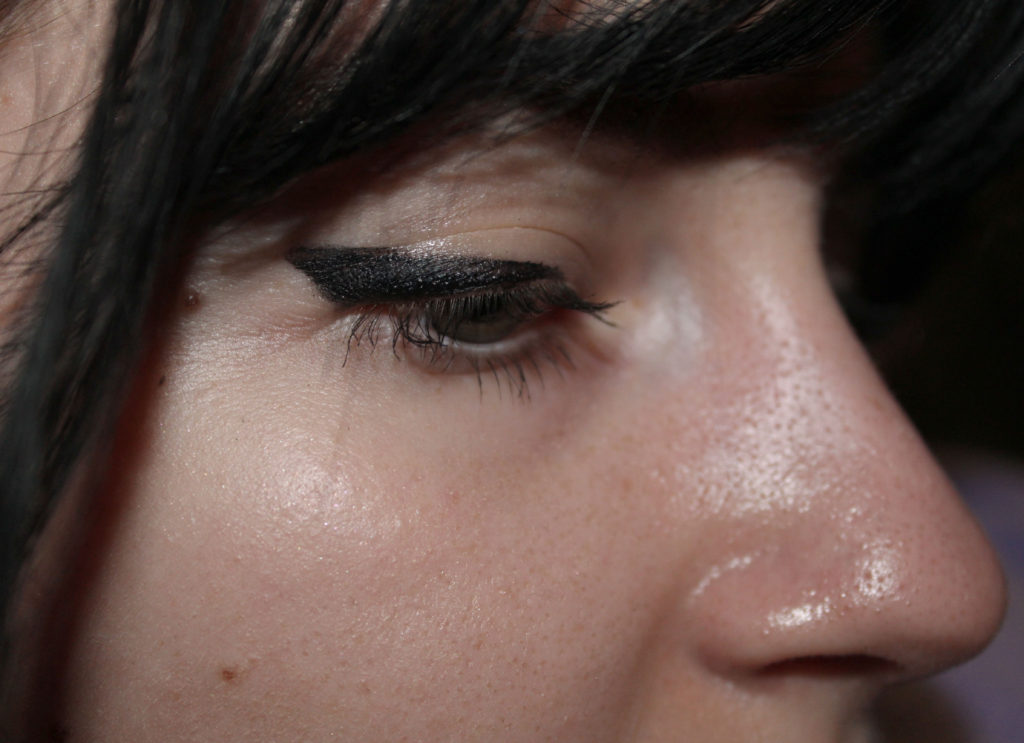
After looking at portraits it was time to look at ‘Objects’ which included a Still-Life project. My first time looking into photographing objects was with objects from the occupation which I photographed in a studio under artificial lighting. Taking part in this allowed me to gain more experience with using studio/ artificial lighting as well as take my images with a tripod. This project also inspired me for my photo montage project where I used the images in mix with archival ones.
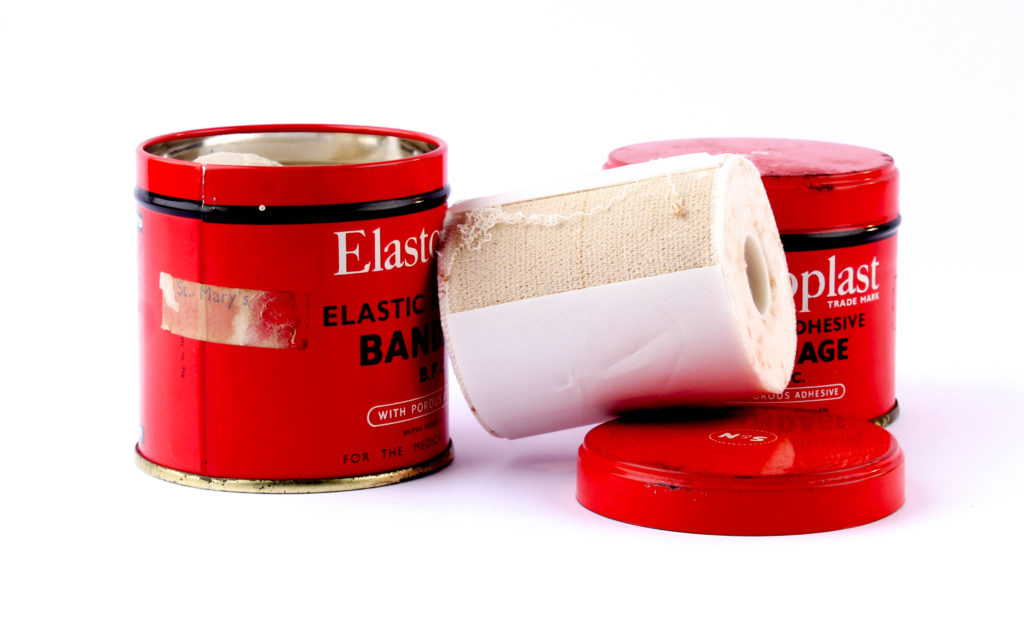
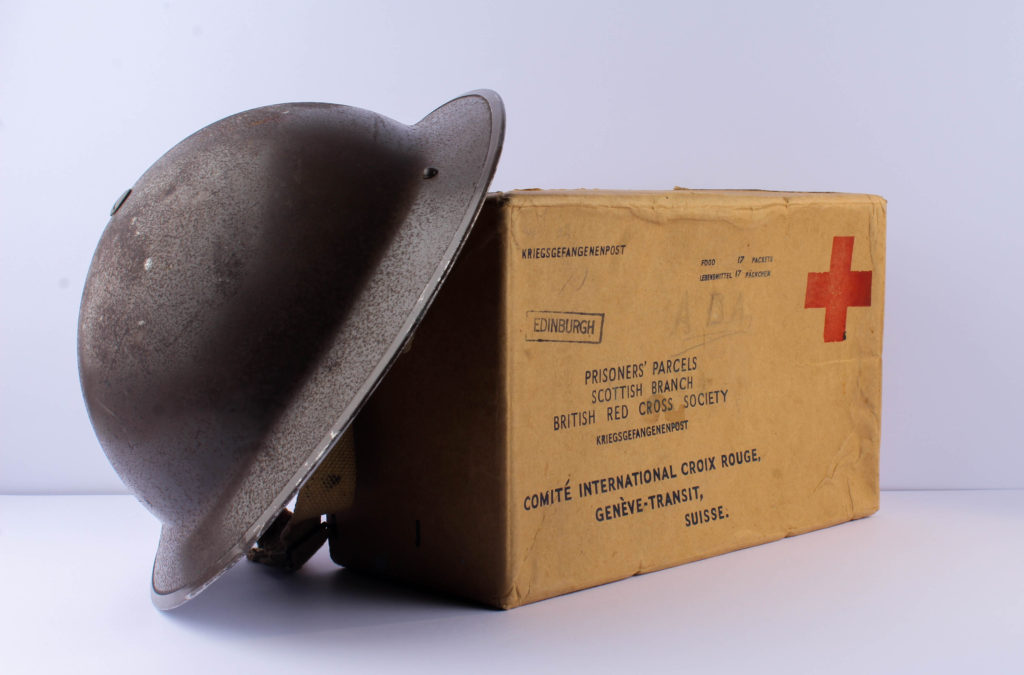

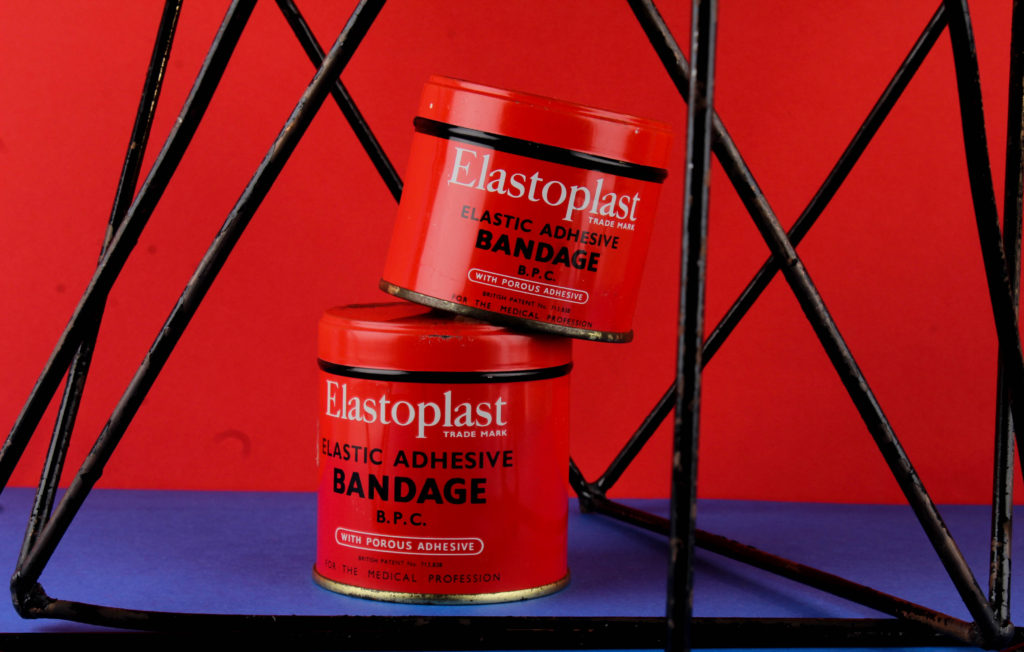
In conclusion, I have found that this overall project has allowed for my photographic skills to be enhanced by both researching, experimenting and editing and has allowed me to gain more insight on different types of elements in taking a good image in landscapes, portraiture and in a studio setting.



